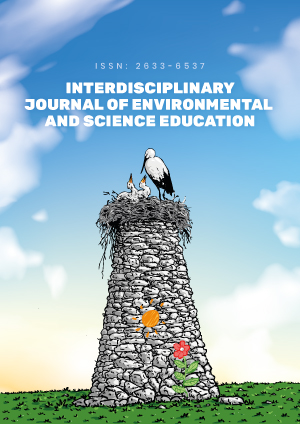Abstract
Studies investigating the conversations held in museum settings have proved important for understanding the learning experiences of their visitors. The aim of this mixed-methods study is to analyze the experiences of families on visits to an exhibition on Charles Darwin at Museu Trompo Mágico (Guadalajara, Mexico), particularly their conversations about evolution and what types of scientific reasoning they employed. Ten family groups with a total of 42 visitors participated in the study. The visits were recorded and the audiovisual material loaded into the Dedoose 8.0.23 software, for analysis of the conversations using a protocol which includes three types of reasoning: (i) evolutionary – rudimentary (not in-depth) Darwinian scientific thinking; (ii) intuitive – everyday common-sense explanations; and (iii) mixed – drawing on evolutionary and intuitive reasoning. The results indicate that the exhibition sparked the families’ interest and curiosity: in 24% of the total visit time, they held conversations about evolution-related topics and themes. At that time, the most used reasoning was intuitive reasoning, code applied 124 times, followed by evolutionary reasoning (118 times) and mixed reasoning (120 times). Our results provide evidence that the exhibition brought families closer to scientific knowledge about evolution, prompting conversations about evolutionary terms and topics, in the three types of scientific reasoning investigated. As implications, this study demonstrates that understanding what family members talk about and deciphering how they apply reasoning patterns can help in the definition and structuring of exhibition learning, assist in the reasoning transition process and in the assimilation of concepts that are the basis for understanding evolutionary processes.
License
This is an open access article distributed under the Creative Commons Attribution License which permits unrestricted use, distribution, and reproduction in any medium, provided the original work is properly cited.
Article Type: Research Article
INTERDISCIP J ENV SCI ED, Volume 18, Issue 2, 2022, Article No: e2267
https://doi.org/10.21601/ijese/11520
Publication date: 09 Jan 2022
Article Views: 3165
Article Downloads: 2241
Open Access References How to cite this article
 Full Text (PDF)
Full Text (PDF)